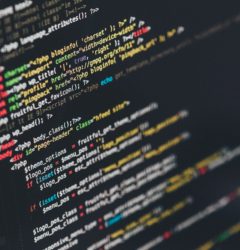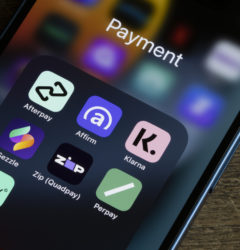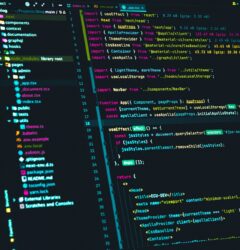03 Apr
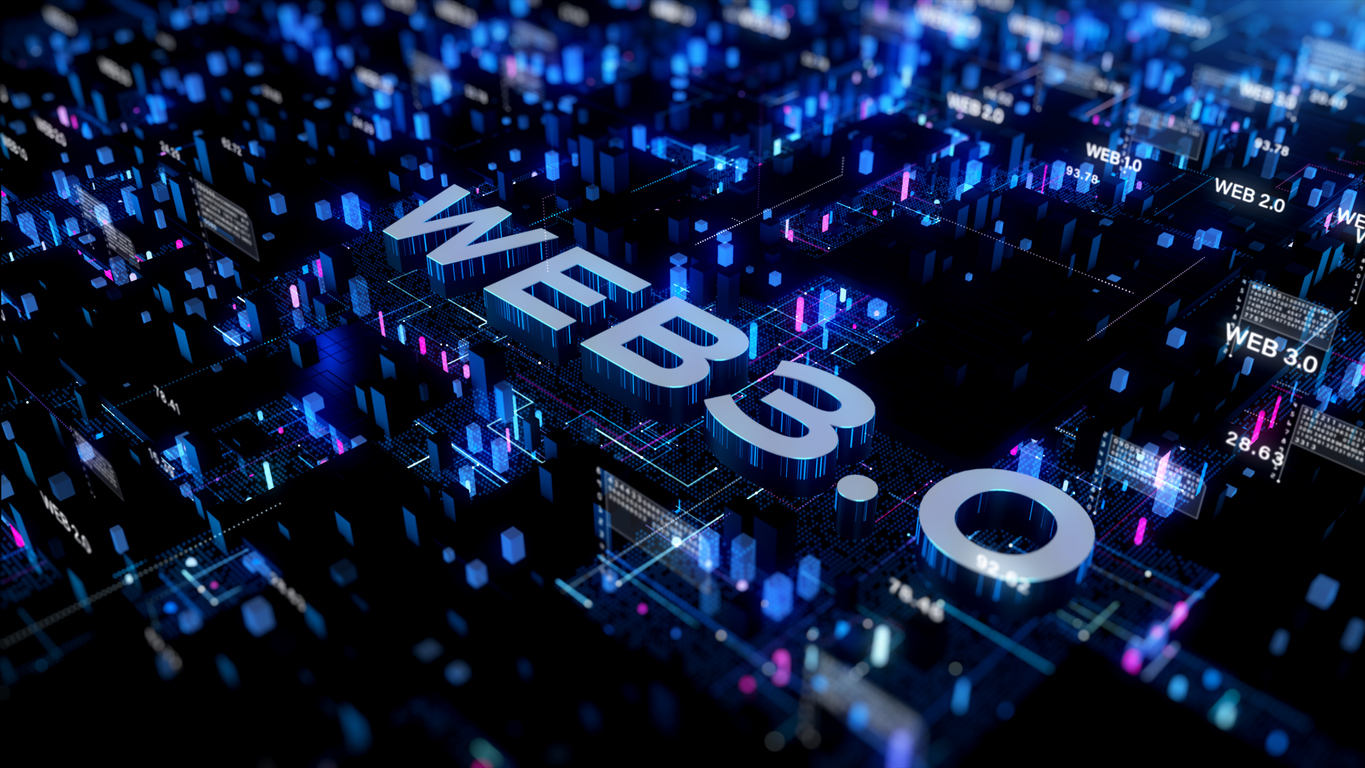
The present world is dominated by technology. The impact it has on businesses is undeniable, and it will determine the future of business as a whole. It was only a few decades ago that the advent of the internet began to bring about changes that have revolutionised how business works across industries.
However, the rapid pace of development is not letting up. Once again, we are at a crossroads that will determine which companies will gain a competitive advantage by adapting technological innovations and which, on the contrary, will fail to transform.
The development of the World Wide Web
The first mentions of the Internet can be dated back to 1967. This year saw the launch of ARPAnet, but the concept of the Internet as we know it today was not made available to the general public until 1993.
Web 1.0 vs. Web 2.0
In the period between 1993 and 2004, the website was typical in its one-way transmission of information. This means that websites were mainly informational and users only interacted with them passively, by browsing them and reading the content, and they could only engage in a very limited way.
The gradual transition to Web 2.0 began a revolution in the world of the Internet. Static websites started to become more and more dynamic and allowed users not only to read, but also to write data. In contrast to Web 1.0, software solutions and web applications were already able to involve the users in the interaction. Platforms of this generation include Facebook, Google, YouTube, Amazon and others.

This has given way to these so-called “Big Tech” companies, who essentially control the vast majority of the tech world and all the centralised information, data and files that users share through them.
What will Web 3.0 bring?
Over the last three decades, technology has evolved significantly and the web is gradually moving away from a centralised management approach and into the hands of users. Decentralisation is the main domain of Web 3.0. This is made very real by the advent of blockchain technology.
In simplified terms, a blockchain is a decentralised database that stores an ever-expanding amount of data and information, but which is protected from third-party interference. This is due to the fact that it does not have a single administrator, but the administrator is anyone who is a stakeholder in the network.
This blockchain records information about who the user is and what data or files they own, and it can also have its own “confirmation”, for example in the form of an NFT, a so-called non-fungible token. This means that no one can deny who the author is or change the files. It is essentially the author’s certificate of copyright and ownership.
2023 – the year of changes
A lot has already happened in the tech world in 2023. The gradual adoption of technologies such as blockchain, NFT, cryptocurrencies and Web 3.0 will further accelerate these changes and affect nearly everyone.
- Blockchain as a service (BasS): Businesses that want to implement blockchain technology will have access to third-party services that will make it available to them, similar to a software as a service (SaaS).
- Semantic network and cloud: Web 3.0 information and data will be available in real time for all users. This will allow users to communicate directly, without the need for third parties, and access data from every corner of the world.
- Innovation in artificial intelligence: The innovations that artificial intelligence brings to the business sphere is a topic in itself. Secure storage, management and access to information in the blockchain will help AI to further analyse large files and learn without the need for human intervention.
- Decentralisation and NFT: This opens the door for start-ups to take advantage of Web 3.0 and NFT-based technologies. This could include, for example, social networks or platforms for connecting communities, which will be rewarded by gaining users without third-party intermediaries. Creators will thus be able to directly monetise their content or services.
Using Web 3.0 in the business world
Digitalization and new technology is already impacting various business sectors. It is helping them grow exponentially and Web 3.0 will further escalate this change. What trends will they be bringing to the business world in a few months or years?
DeFi
Fintech in conjunction with Web 3.0 often involves cryptocurrencies. However, this is not necessarily always the case. DeFi stands for decentralised finance, which allows you to work with a blockchain and smart contracts. These smart contracts include all the terms and conditions stored directly in the code on the blockchain.
This allows room for the development of a number of ambitious Fintech startups that have the potential to complement traditional banks. But there is also scope for financing the businesses themselves. Thanks to DeFi, they can access funding in minutes, without the need for banks and the associated bureaucracy.
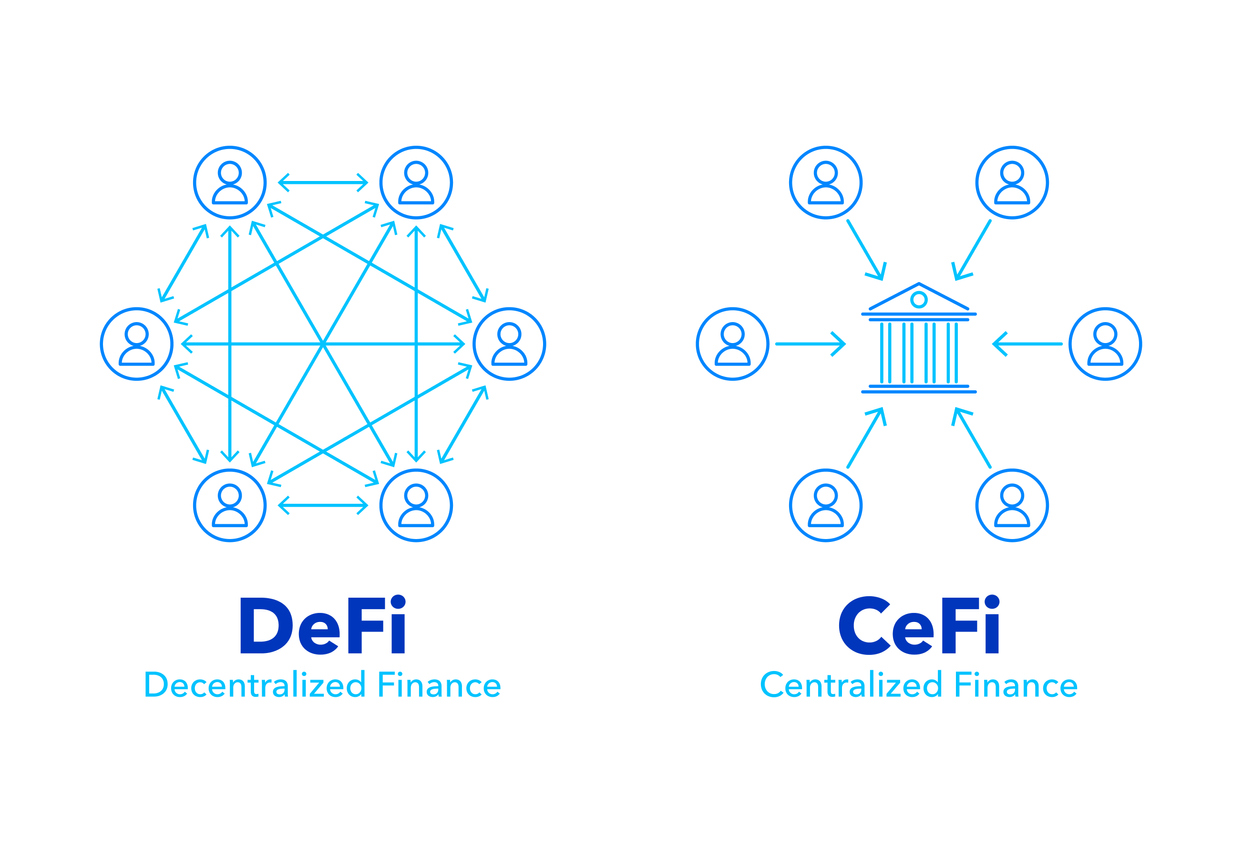
DApps
Decentralised applications (dApps) do not use computing power from a single server, but from multiple computers connected within a network – again, thanks to blockchain technology. Participating in the development of these open-source decentralised applications can be a great way for companies to create new platforms, but also to expand and scale their business model.
Companies can also use them to automate payments, manage their assets and improve data storage security.
Customer Relationship Management (CRM)
Thanks to Web 3.0, companies will have many more options for capturing customer data and using it to manage the customer relationship. There is also scope for far more personalised services and offers.
From the customer’s point of view, it is about increasing trust in the company thanks to the decentralised network, meaning they can find out everything about transactions, orders, the origin of goods, the current location of the order, etc. in real time. In fact, this data will record almost every activity that occurs in the life cycle of a product or service.
ERP & Supply Chain Management
Similarly, the supply and demand chain can be both transparent and interconnected. All the information regarding the entire process can be recorded in the blockchain, along with relevant data from production, through transportation, to the payment transaction and delivery to the customer.
By using IoT sensors, both the company and the customer can have an even better overview of the entire process. This will also help with enterprise resource planning (ERP), which will be secure, transparent and updated in real-time.
How can you prepare for the transformation?
Such technologies present an opportunity for companies to once again be at the front line of transformation, as they were in the Web 1.0 and Web 2.0 eras. However, the entire integration and creation of IT practices can be challenging for a company. That’s why it’s advisable to have a stable partner to take on such IT development for you. Alternatively, it may be useful to expand your IT team to include experienced professionals and thus have experts available for the entire duration of the project.
Schedule a free consultation with us and we’ll tell you more about your options for remaining competitive in the future thanks to new technologies.
